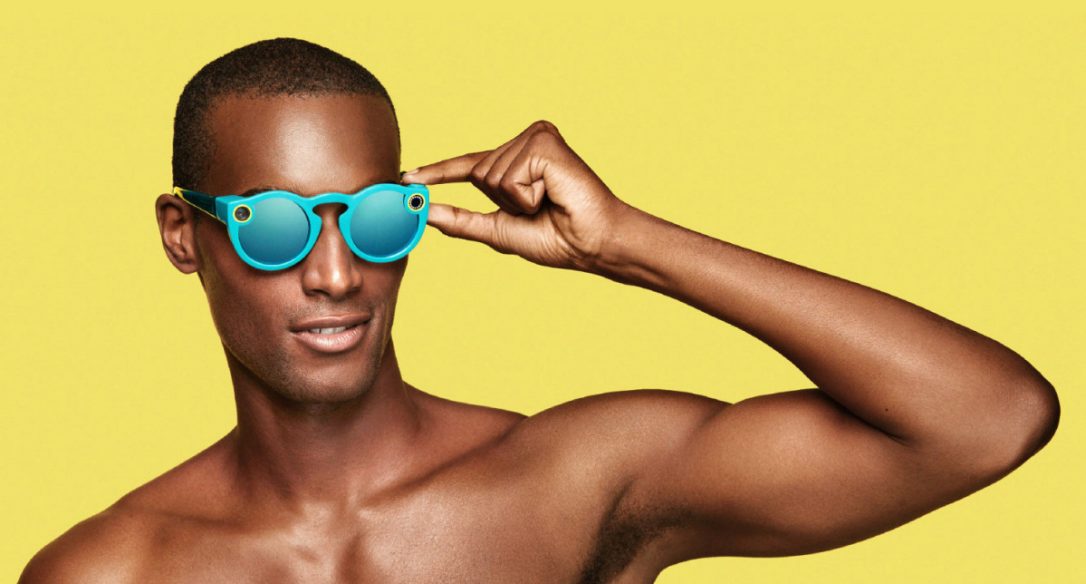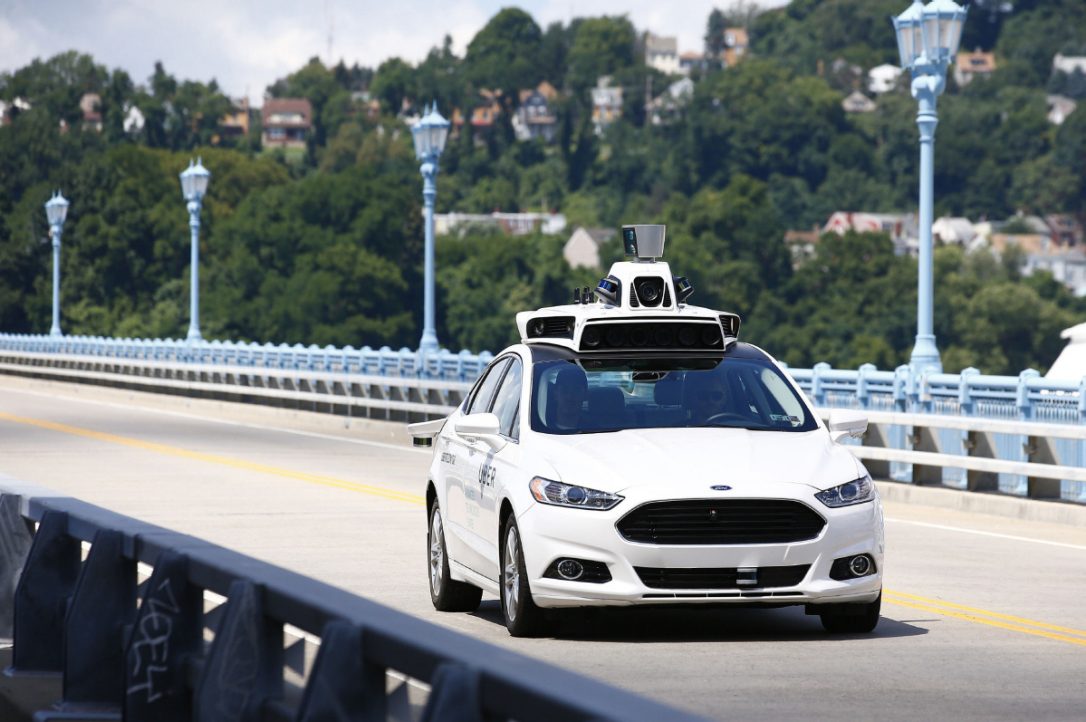Snapchat Spectacles Could Help Bring Focus to Wearables

With the recent announcement that Snapchat is launching Spectacles, a $130 (U.S.) pair of glasses that can record videos, it brings a new approach that should be welcome to the wearable technology industry.
While a lot is still unknown — in particular, how and when to buy these things — there’s lots of interesting speculation about how that company hopes to succeed where Google failed with its Glasses.
First, let’s note that this is the company’s first hardware release, and with it, it has shortened its name to Snap Inc., a sign that the company wants to expand its focus from the ephemeral messaging social network that has grown to be valued at $20 billion with over 150 million daily users who share more than 1 billion snaps daily and have watched more than 10 billion videos.
Spectacles are video camera glasses that with a tap of a button near the arm will be able to record 10 seconds of video straight to the app. They will connect via Bluetooth or Wi-Fi, shoot with a wide 115-degree, first-person view and take circular videos.
At first glance, these new specs are downright goofy, but there are some good things happening here that perhaps other wearable manufacturers can take their cue from. Because at this point, after a few years of existence, most of the wearable segment could really use a makeover.
For instance, right now, if you don’t own a smartwatch, you are the smart one. I bet you have some kind of activity tracker, most likely bought as a gift by a well-meaning family member, and I’ll go double or nothing that after trying it out for a few weeks, it now sits somewhere in a drawer.
It’s been a couple of years of wearable hype, and while there are still sky-high estimations of how the sector is set to grow — to as much as $34 billion in 2020 — and despite a tonne of product, and decent sales, right now, I’d be hard pressed to recommend any product, other than for early adopters, who by now, have likely tried a few.
The first good thing about Spectacles is the price. Even without a confirmed Canadian price, they appear to be a tenth of what Google Glass what cost. They also look like a fairly normal pair of glasses, as opposed to the Google’s “Locutus of Borg” inspired look.
Hey, I love Star Trek as much as anybody, but that just wasn’t a good look and because they screamed “Look at these things on my face!” it was easy for people to think they were creepy. With Spectacles, just like Snapchat, many of the oldsters will have no idea what these glasses can do, which is a brilliant marketing and product design move.
The other really important thing is that Spectacles are simple. All they can do is take quick videos. Google wanted to create a platform, while Snap just wants people to take funny videos.
Now, the Wall Street Journal article that broke the story said that in the long run, Snap Inc. founder Evan Spiegel is excited at the possibility of having full control of a camera, so more is likely coming down the line, but for now, Spectacles are just for Snaps and that’s a good thing.
The biggest problem with most wearables is that they tend to be solutions in search of a problem. And the stuff they can do, most don’t do particularly well. The largest sector, the entire fitness tracking segment, is plagued by the fact that while it seems easy to count someone’s steps or other exercise activity, none of the devices are yet smart enough to tell people what to do with it.
Wearables need more actionable intelligence, like perhaps being able to tell people that their exercise form is wrong, or potentially suggest exercises to help meet a particular goal. You know, like an actual virtual trainer as opposed to a fancy pedometer.
Of course, there is plenty that can go wrong with Spectacles. It’s the first piece of hardware that the company will make and you only need to look at several crowdfunding disasters to know how well that has worked out for countless companies.
There is also no doubt that Spectacles will likely face the exact same privacy concerns that were brought up with Google Glass.
But Snap Inc. is framing Spectacles as a toy and the entire product as a bit of a lark, which is very smart. It’s a low-stakes, cheap way to enter the wearables market, and if they take off, one that hopefully teaches the industry some lessons.








